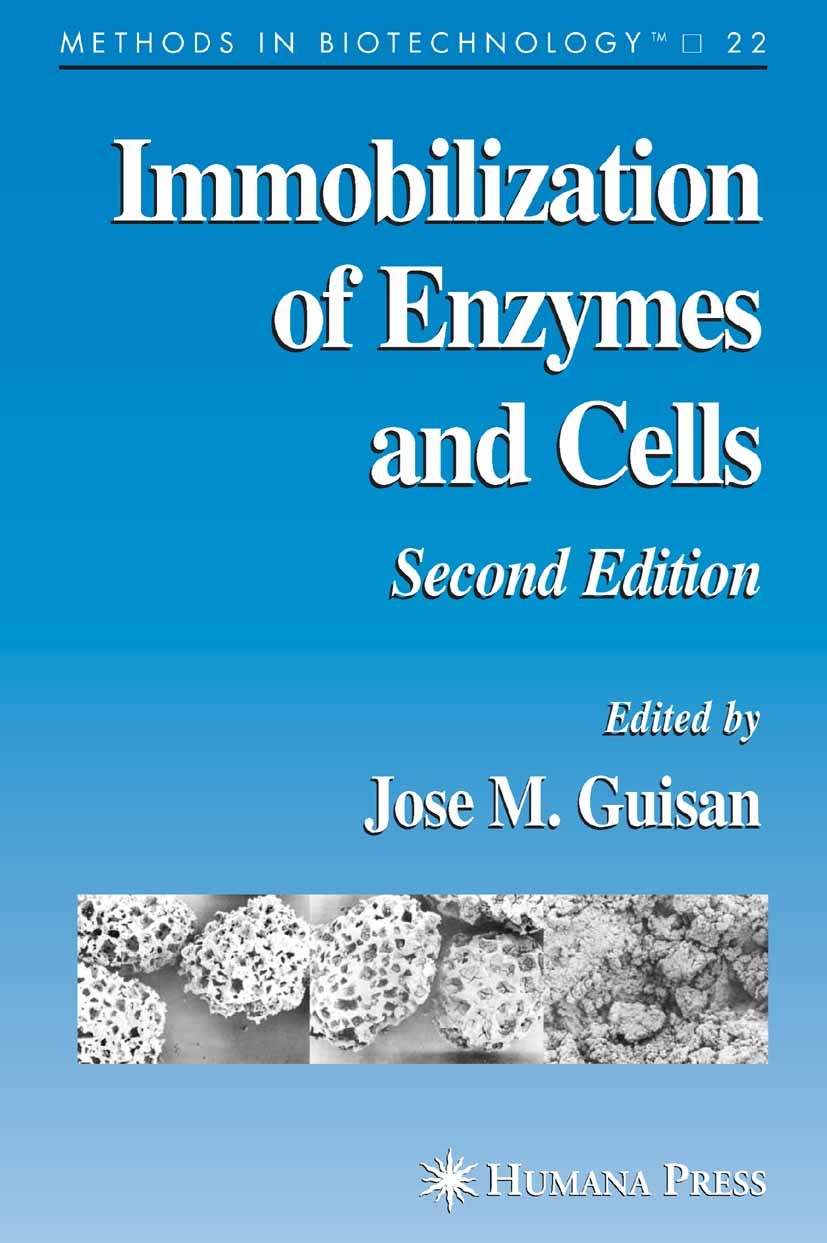| 书目名称 | Immobilization of Enzymes and Cells | | 编辑 | Jose M. Guisan | | 视频video | http://file.papertrans.cn/463/462020/462020.mp4 | | 概述 | Includes supplementary material: | | 丛书名称 | Methods in Biotechnology | | 图书封面 |  | | 描述 | Enzymes and whole cells are able to catalyze the most complex chemical processes under the most benign experimental and environmental conditions. In this way, enzymes and cells could be excellent catalysts for a much more sustainable chemical industry. However, enzymes and cells also have some limitations for nonbiological applications: fine chemistry, food chemistry, analysis, therapeutics, and so on. Enzymes and cells may be unstable, difficult to handle under nonconventional conditions, poorly selective toward synthetic substrates, and so forth. From this point of view, the transformation—from the laboratory to industry—of chemical processes catalyzed by enzymes and cells may be one of the most complex and exciting goals in biotechnology. For many industrial applications, enzymes and cells have to be immobilized, via very simple and cost-effective protocols, in order to be re-used over very long periods of time. From this point of view, immobilization, simplicity, and stabilization have to be strongly related concepts. Over the last 30 years, a number of protocols for the immobilization of cells and enzymes have been reported in scientific literature. However, only very few prot | | 出版日期 | Book 2006Latest edition | | 关键词 | Activation; Glucose; enzyme; enzymes; protein | | 版次 | 2 | | doi | https://doi.org/10.1007/978-1-59745-053-9 | | isbn_softcover | 978-1-61737-473-9 | | isbn_ebook | 978-1-59745-053-9Series ISSN 1940-6061 Series E-ISSN 1940-607X | | issn_series | 1940-6061 | | copyright | Humana Press 2006 |
The information of publication is updating

|
|
 |Archiver|手机版|小黑屋|
派博传思国际
( 京公网安备110108008328)
GMT+8, 2025-11-21 02:57
|Archiver|手机版|小黑屋|
派博传思国际
( 京公网安备110108008328)
GMT+8, 2025-11-21 02:57


